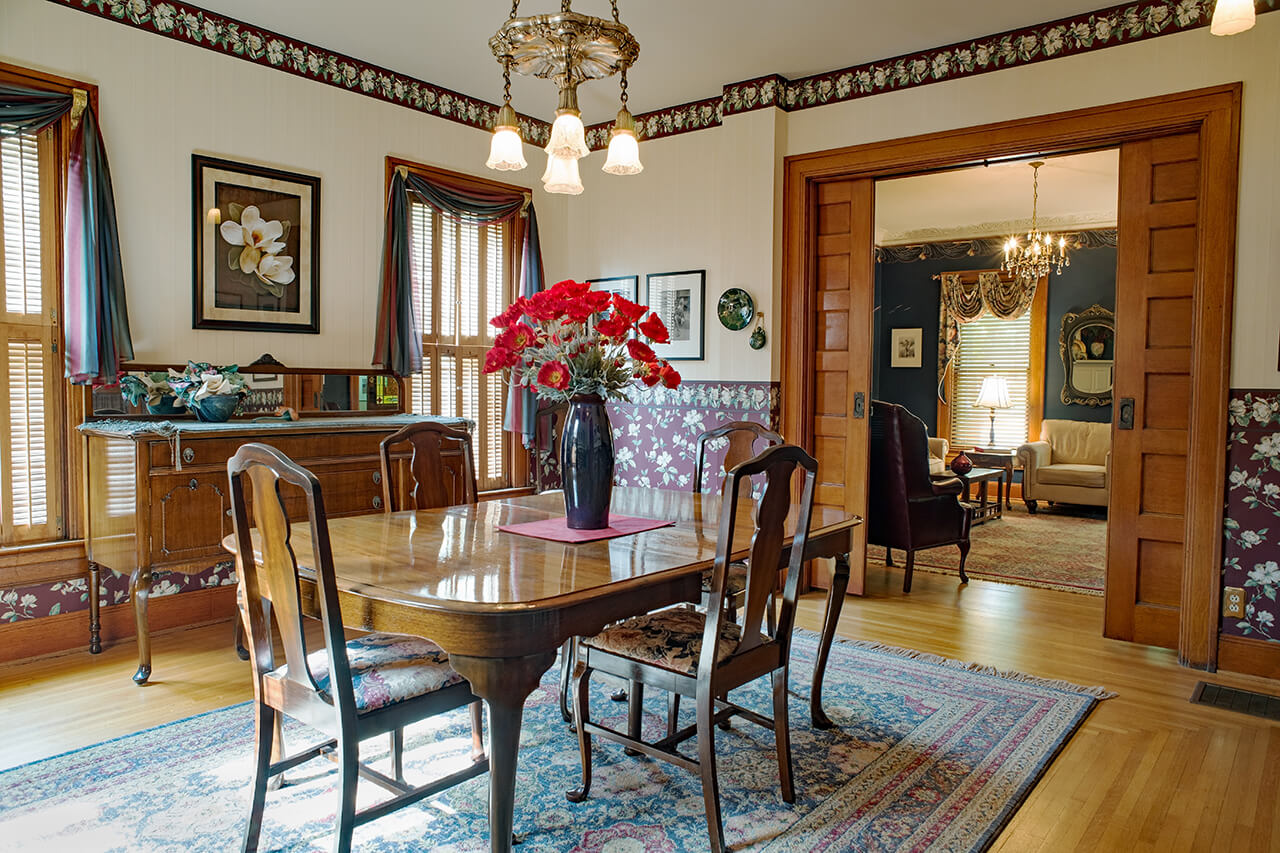
Get matched with top doors (interior) installers and replacers in your area
Enter your zip and get matched with up to 3 pros
Matching on HomeAdvisor


Doors (interior) installers and replacers in Greenville
With more than 35 yrs of experience, Wayne Sweely Construction is dedicated to providing our customers with the best quality at a great price. We are here to build relationships with our customers and communities and to provide our employees with a great place to work. We look forward to working with you!
With more than 35 yrs of experience, Wayne Sweely Construction is dedicated to providing our customers with the best quality at a great price. We are here to build relationships with our customers and communities and to provide our employees with a great place to work. We look forward to working with you!

West Shore Home offers a risk-free home improvement experience, so you never have to worry that you are sacrificing on quality, convenience, or expertise. We specialize in shower and bath replacements, and walk-in tubs. We offer fully customizable, limited lifetime-guaranteed solutions installed in as little as one-day. All of our installers are in-house employees, so we can guarantee the quality of the whole project from start to finish. We get it done the way you want - fast, easy, smart and right. Our team is following all CDC guidelines so we can provide you with the fast and convenient home improvements. We are also offering free virtual design consultations! Schedule your free consultation today.
"West Shore was very professional and extremely helpful. Our designer, Josh Shuttleworth, was amazingly helpful and very patient with us. I cannot recommend them more highly."
Kyle L on March 2025
West Shore Home offers a risk-free home improvement experience, so you never have to worry that you are sacrificing on quality, convenience, or expertise. We specialize in shower and bath replacements, and walk-in tubs. We offer fully customizable, limited lifetime-guaranteed solutions installed in as little as one-day. All of our installers are in-house employees, so we can guarantee the quality of the whole project from start to finish. We get it done the way you want - fast, easy, smart and right. Our team is following all CDC guidelines so we can provide you with the fast and convenient home improvements. We are also offering free virtual design consultations! Schedule your free consultation today.
"West Shore was very professional and extremely helpful. Our designer, Josh Shuttleworth, was amazingly helpful and very patient with us. I cannot recommend them more highly."
Kyle L on March 2025

We pride our company on reliability, great communication, integrity, and quality work. We are experts in our trade and will do our best to keep you as educated as we can on your particular task or project. We look forward to earning your business!
We pride our company on reliability, great communication, integrity, and quality work. We are experts in our trade and will do our best to keep you as educated as we can on your particular task or project. We look forward to earning your business!

The Brennan family has been servicing the needs of the Texas homeowner since 1979 and plans on continuing to do so for generations to come. When we say we want to be your home improvement partner for life, we mean it. Services Offered: — Replacement Windows w/Installation — Supply-Only Windows — Replacement Exterior Doors — Supply-Only Exterior Doors **Please note we currently are not offering interior doors, glass replacement, or repair services for products not sold or installed by our team** More About Brennan Enterprises: — Serving the Dallas-Fort Worth Metroplex — Angi's Super Service Award for last 8 years — A+ Rated and Accredited with the BBB — HGTV Alumni — Remodeling 550: 2013, 2014, 2016 — DWM Magazine Top 100: 2016, 2022, 2023 — Qualified Remodeler Magazine Top 500: 2023 — Nextdoor Neighborhood Fave: 2021, 2022, 2023
"6 years after our original level 4 roof install we started to upgrade the paint scheme of the house. We started to remove the gutters so the fascia could be painted and behold we discovered that Brennan installed the drip edge on top of the felt instead of directly on the roofing plywood! Now we have to get a contractor out here to repair over 200 linear feet of drip edge and roofing before we can paint and rehang the gutters!!"
Scott H on September 2023
The Brennan family has been servicing the needs of the Texas homeowner since 1979 and plans on continuing to do so for generations to come. When we say we want to be your home improvement partner for life, we mean it. Services Offered: — Replacement Windows w/Installation — Supply-Only Windows — Replacement Exterior Doors — Supply-Only Exterior Doors **Please note we currently are not offering interior doors, glass replacement, or repair services for products not sold or installed by our team** More About Brennan Enterprises: — Serving the Dallas-Fort Worth Metroplex — Angi's Super Service Award for last 8 years — A+ Rated and Accredited with the BBB — HGTV Alumni — Remodeling 550: 2013, 2014, 2016 — DWM Magazine Top 100: 2016, 2022, 2023 — Qualified Remodeler Magazine Top 500: 2023 — Nextdoor Neighborhood Fave: 2021, 2022, 2023
"6 years after our original level 4 roof install we started to upgrade the paint scheme of the house. We started to remove the gutters so the fascia could be painted and behold we discovered that Brennan installed the drip edge on top of the felt instead of directly on the roofing plywood! Now we have to get a contractor out here to repair over 200 linear feet of drip edge and roofing before we can paint and rehang the gutters!!"
Scott H on September 2023

A person that has been in Construction for 49yrs. Building homes, adding room, foundation repairs, water drainages'. Now I want to do small service around the home, the ones no one wants to do. (Interior & Exterior) Carpenter, painting, tape & bed, appliances repairs, A/C repair, small roof repairs, electrical, plumbing. Give me a call, I want to help with all your needs. A one year warranty my labor
"excellent and was on time"
richardson P on April 2025
A person that has been in Construction for 49yrs. Building homes, adding room, foundation repairs, water drainages'. Now I want to do small service around the home, the ones no one wants to do. (Interior & Exterior) Carpenter, painting, tape & bed, appliances repairs, A/C repair, small roof repairs, electrical, plumbing. Give me a call, I want to help with all your needs. A one year warranty my labor
"excellent and was on time"
richardson P on April 2025

Known for exceptional customer service and a strong work ethic. Proven ability to diagnose and resolve issues efficiently, ensuring high-quality installations and repairs with minimal callbacks. Multi-talented in hvac, plumbing, electrical, carpentry, welding and any home repairs, bringing a comprehensive skill set to every project
"it looks wonderful and was done under budget and on time - Richie is a fantastic individual to work with - he listened and he responded to last minute changes without affecting the cost or finishing time. We are going to use RPs Home Solutions again for our upcoming kitchen renovation."
Trey M on January 2025
Known for exceptional customer service and a strong work ethic. Proven ability to diagnose and resolve issues efficiently, ensuring high-quality installations and repairs with minimal callbacks. Multi-talented in hvac, plumbing, electrical, carpentry, welding and any home repairs, bringing a comprehensive skill set to every project
"it looks wonderful and was done under budget and on time - Richie is a fantastic individual to work with - he listened and he responded to last minute changes without affecting the cost or finishing time. We are going to use RPs Home Solutions again for our upcoming kitchen renovation."
Trey M on January 2025
Handyman. Specializing in drywall, tape bed and texture and paint. Inside and outside painting.
Handyman. Specializing in drywall, tape bed and texture and paint. Inside and outside painting.
Mac's painting and handyman I a business to easy your mind during the construction process. We thrive for customer satisfaction as well as complete a great job on time!
Mac's painting and handyman I a business to easy your mind during the construction process. We thrive for customer satisfaction as well as complete a great job on time!
United Freight of America is your all inclusive transport solution. CONTACT US FOR A QUOTE. please include pick up and Drop off locations and vehicle information
"Excellent, no problems. My car was new the first year I used the service and there has never been any damage during the transports. The men picking up and delivering the car have always been pleasant and cooperative. Both Ely and Guy at United Transport has been highly responsive to my needs. I would highly recommend this company."
CLAUDIA H on October 2021
United Freight of America is your all inclusive transport solution. CONTACT US FOR A QUOTE. please include pick up and Drop off locations and vehicle information
"Excellent, no problems. My car was new the first year I used the service and there has never been any damage during the transports. The men picking up and delivering the car have always been pleasant and cooperative. Both Ely and Guy at United Transport has been highly responsive to my needs. I would highly recommend this company."
CLAUDIA H on October 2021
Hi there Hannibal Copeland here with Handy Hannibals Services LLC. We are a construction company out of mabank tx. We do fencing, flooring, siding, Windows,doors ,trim ,light plumbing and light electrical. There is no job to big or to small call us anytime for any home remodeling needs you have thank you.
Hi there Hannibal Copeland here with Handy Hannibals Services LLC. We are a construction company out of mabank tx. We do fencing, flooring, siding, Windows,doors ,trim ,light plumbing and light electrical. There is no job to big or to small call us anytime for any home remodeling needs you have thank you.
Doors (interior) installations and replacements FAQs
Installing a barn door can be straightforward under the right conditions. When there is ample, clear wall space and the installation involves only attaching tracks and mounting the door, the process is relatively simple. However, if obstructions such as electrical outlets, door frames, or wall fixtures must be modified or removed, the installation becomes more complex and requires professional expertise. A professional can make these adjustments safely and efficiently, ensuring the door operates perfectly and enhances the overall space.
A bottom track is necessary, especially as the door's weight increases. Without a bottom track, heavy doors can swing against the wall and cause damage. The bottom of the door should be half an inch from the floor to ensure proper clearance. Sliding doors also need a bottom guide to prevent the door from coming off the track.
Barn doors can enhance a home's value by creating a distinctive look and improving interior functionality. Homes with barn doors can command a higher sale price compared to those without them. Barn doors introduce a modern design element that opens up living spaces and effectively conceals storage areas. This upgrade not only improves the overall aesthetic but also increases the property's market appeal through added versatility and visual interest.
Yes, a barn door should be larger than the opening. The door should be two to three inches wider than the opening and about one inch taller to ensure proper coverage. Rooms requiring more privacy, such as guest rooms and bathrooms, need additional overlap to reduce noise and eliminate gaps.





- Birmingham
- Phoenix
- Tucson
- Fresno
- Long Beach
- Los Angeles
- Modesto
- Sacramento
- San Diego
- San Francisco
- San Jose
- Denver
- Hartford
- Washington DC
- Fort Lauderdale
- Jacksonville
- Miami
- Orlando
- Tampa
- Atlanta
- Chicago
- Indianapolis
- Louisville
- New Orleans
- Baltimore
- Boston
- Detroit
- Grand Rapids
- Minneapolis
- Saint Paul
- Kansas City
- Saint Louis
- Las Vegas
- Albany
- New York
- Asheville
- Charlotte
- Greensboro
- Raleigh
- Winston Salem
- Cincinnati
- Cleveland
- Columbus
- Oklahoma City
- Portland
- Harrisburg
- Philadelphia
- Pittsburgh
- Providence
- Memphis
- Nashville
- Austin
- Dallas
- El Paso
- Fort Worth
- Houston
- San Antonio
- Salt Lake City
- Norfolk
- Richmond
- Virginia Beach
- Seattle
- Madison
- Milwaukee



